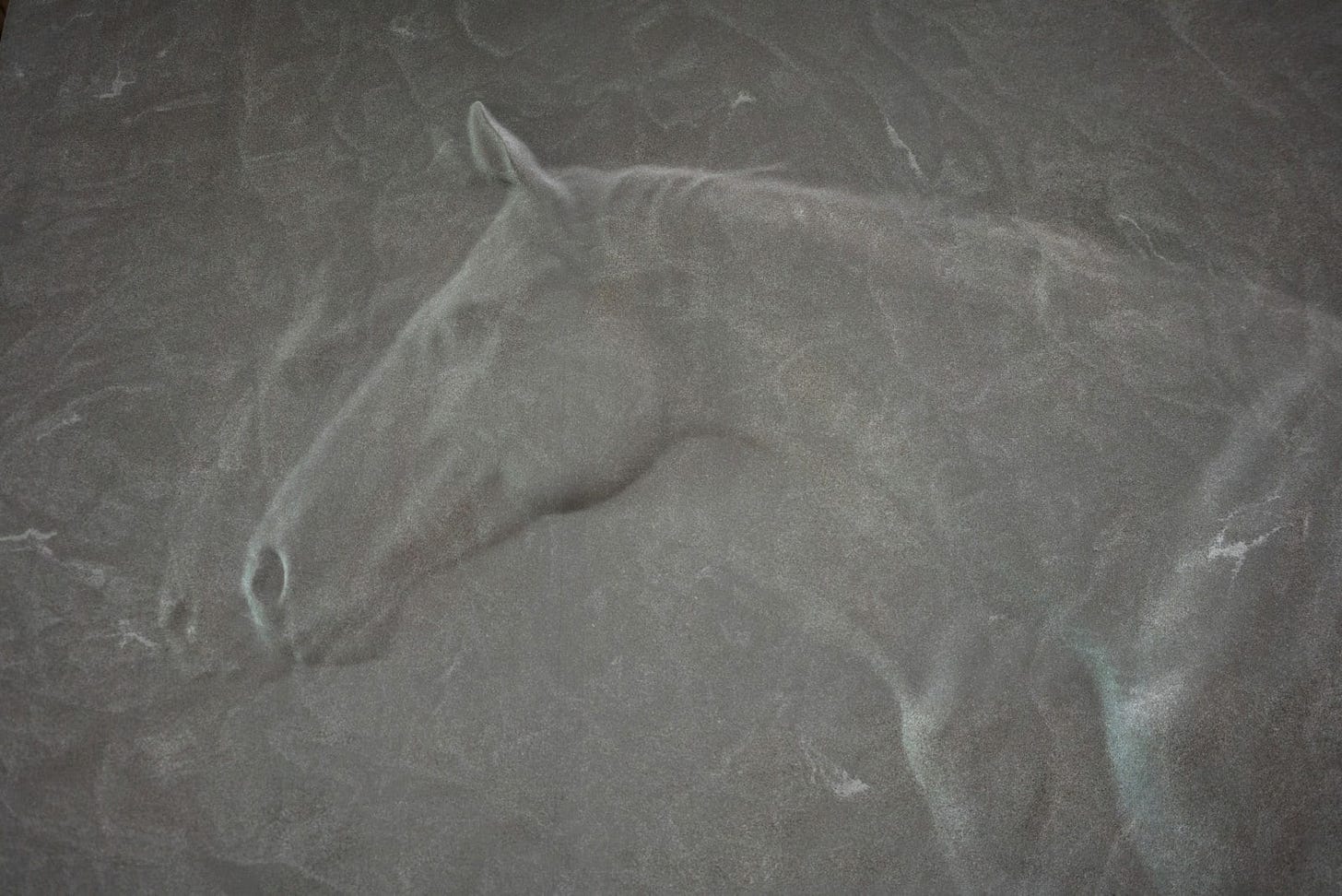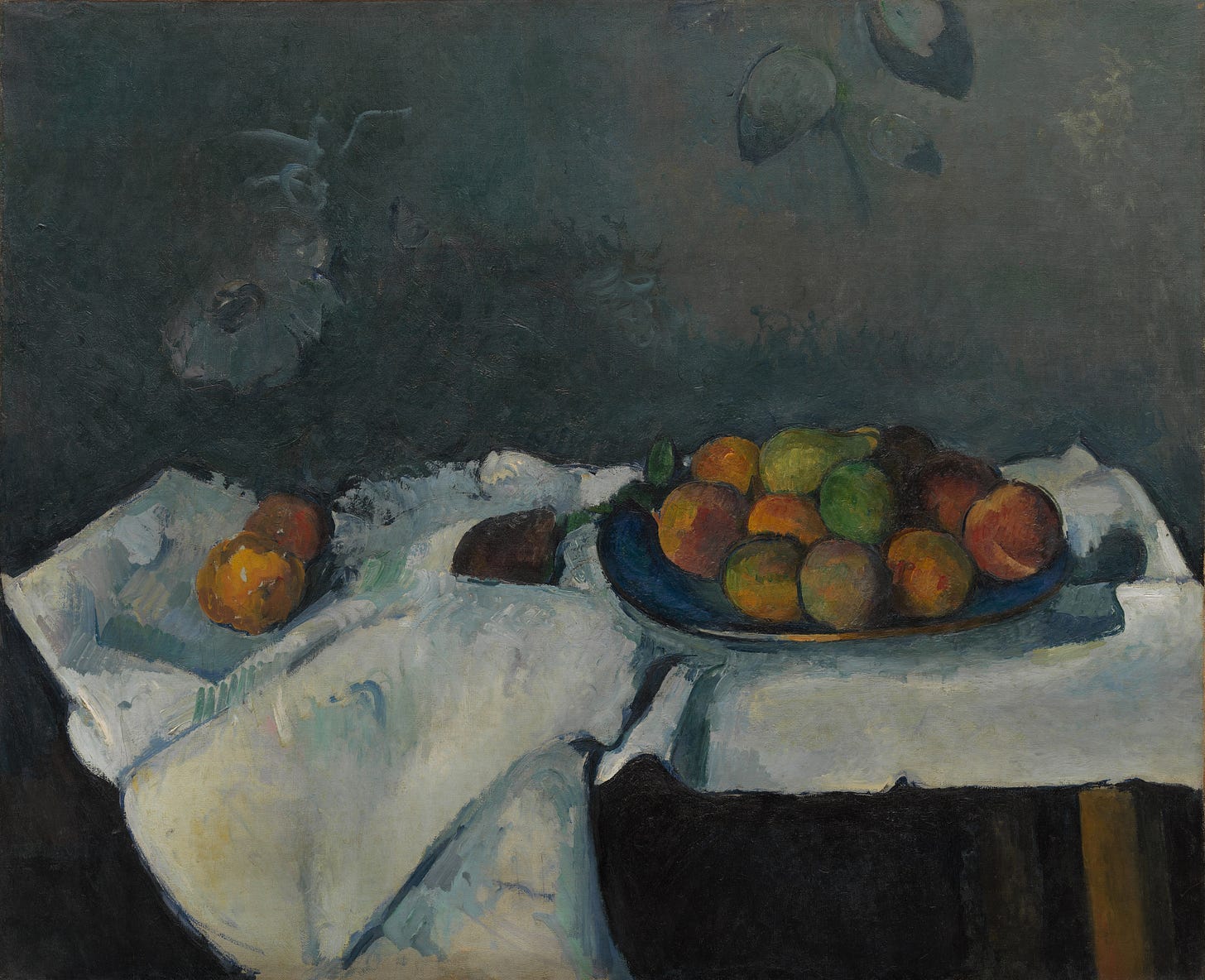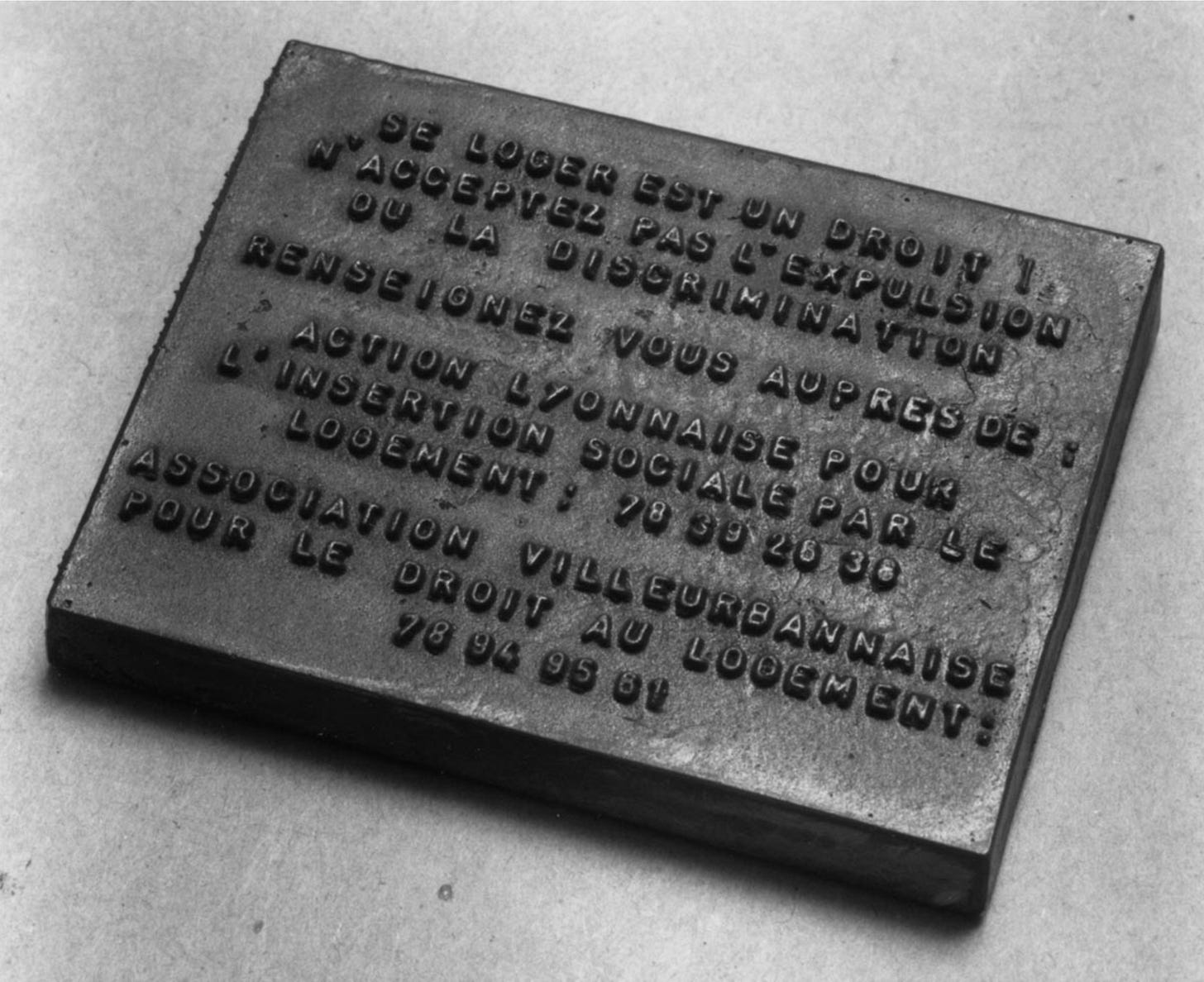Ivan Gaytan (who you can follow on Instagram at @947291) has great taste. And despite not being gay or tan, he’s very tapped in. He knows all the secret things—where to eat, what wine to drink, what art to buy, what things to see, who is cool, who is not cool—in New York and Connecticut and Los Angeles and Paris and, as I found out this summer, the Hamptons. (He’s dating a woman in my group chat, and it’s been a pleasure to have him join our vacation pod.) Professionally, he works in the art world in all capacities with artists and galleries and collectors, buying, selling, writing, editing, and archiving. Everything except hanging art on the walls?
Tonight Ivan’s got a sold-out event with TrueAnon, one of my husband’s favorite podcasts, maybe you can gate crash?
Ivan’s Guide to Art in New York City
There has never been a better time to go see art in the city; this is nearly always true. Ask an art critic next time you see one in public and they will likely have to admit that it is better here in New York City than many other places. That being said, lists of what to see are often just compilations of everything currently on view and so you might be left to ask someone to point you toward something if you’re in Chelsea or Tribeca or wherever else.
Only ask someone who will give you what they themselves enjoy. It is not the practice of recommending a book to your grandmother for its delicate treatment of subjects and themes. A recommendation: It is absolutely worth it to go and see a tree cut in two covered in packing material in a totally darkened room of a recently opened museum while Leontyne Price singing the “Habanera” plays from a nearby speaker next to a bunch of branches or a gallery full of six copies of Rubens’ Apotheosis of Henry IV and the Proclamation of the Regency of Marie de Medici and 990 drawings based on Cézanne’s copies of the same or run quickly through a biennial to sit in front of a screen playing some explosions in a New Mexico desert (ok, admittedly, there were a few good works in the biennial… Buck Ellison, Adam Gordon, Renée Green, Charles Ray—speaking of Ray, the Met still has his ENORMOUS HORSES installed!).
You will likely have nothing better to do most weekend mornings during the winter than to wake up early and fill an hour or two by visiting the uptown Audubon Terrace and its recently opened American Academy of Arts and Letters. Jenny Jaskey (formerly of The Artist’s Institute: remember this?) begins her programming here with three shows: one room is full of sloped cushions arranged for an audio work of birdsong and instruments played by Raven Chacon; another is Rhea Anastas and Nora Schultz’s presentation of the cold and clinical works of Christine Kozlov; another is Wadada Leo Smith’s Kosmic Music. In the Kozlov exhibition there is, as my good friend would say, a lot to chew on—he is a great artist and lives above a tire shop across from a parking lot next to a BQE off-ramp. I have never enjoyed the expression but it is fitting here. You are not given much, but what you are given, in not being given much, could fill rooms and rooms. It features work from Kynaston McShine’s Information. The guide and the checklist are excellent; read them on your train or cab ride back downtown. The Chacon will be great for kids and adults unable to tolerate art alike! Here, as with most exhibitions, you might only stay for a handful of minutes, but you will appreciate the space of this new venue and potentially imagine its ability, and the rest of the institution’s as well, to house more in the future. I only had time for two shows, I’ll go back for Smith, and I’m not sure which I enjoyed more. I laid for a long time on a Chacon cushion and did something I rarely do in public, which is close my eyes. It helped that no one else was there, and when I later exited, the kind attendant (who also ordered me to sign in) asked me how I liked it (“it was great!”). You can even arrive with someone and have each person choose their favorite building of the A&L in order to spend time apart from one another. The exhibitions are all probably more enjoyable on a sunny and clear day and they have just put up a new film about glaciers. Afterward, walk down Riverside Drive and view the apartment buildings of the Adornos and Uwe Johnson. It is nice up there.
If you are in fact with your grandmother, she might enjoy Harmony and Dissonance: Orphism in Paris, 1910–1930. It is educational, and upon walking through it you will gain a small sense of accomplishment akin to finishing a novella in one sitting. I saw it this past weekend. The fun (or dread) of the Guggenheim is you often walk alongside others on your way up the spiral, like Katie Holmes pointing out which Delauney, Leger, Kupka, and Morgan Russell paintings are her favorites. (She has good taste!) It is worth it for the Duchamp paintings not regularly on display (?). You can stop in the side rooms as well and show your grandmother the best Cézanne in the city or Kounellis’ bags of coal and claim to her that in 2026 or 2027 there will probably be a retrospective of his going up the rotunda. (I have a hunch; I enjoyed the Fondazione Prada’s exhibition of his work a few years ago—it felt dangerous, like something might explode or fall on you. I took my mom and she would not stop giggling.) A mother or a grandmother may also enjoy Lillie P. Bliss and the Birth of the Modern (two good Cézanne works!!!) and she will surely get a few laughs out of The Clock. I would put the MoMA show into the same category as the novella-exhibition above—and similar to last year’s Picasso: A Cubist Commission in Brooklyn at The Met—tidy, academic, fulfilling, containing a few legal documents and bits of correspondence, and maybe some archival photos. They are the result of curators who are art-history nerds, which is often a good thing so long as they are not boring. These are not boring shows. Seeing them feels like getting the gist of a well written essay, which you can take along with you to lunch afterward and talk your friend’s ear off.
I thought Kaitlin would like the following, and I was going to include them on account of that, but after visiting Robert Caro's The Power Broker at 50 (skip! read the book instead, what a shame), Anything but Simple: Gift Drawings and the Shaker Aesthetic, and Playing with Design: Gameboards, Art, and Culture, I feel even more compelled to suggest that a visit to the latter two, both at the American Folk Art Museum, are very much worth bearing the slightly funky odor of the place. The whole museum will take you about a half hour. Is Bar Boulud any good? The wooden booths intrigue me. Speaking of Shakers, remember this weird and good show? At that time it seemed more than appropriate for a moment that also produced this and the now still recurring phenomenon of people taking yearly trips from NYC to Hancock, MA to pose for photos. A time before the discussion of raw milk. Anyway, around then I was in Münich and bought this catalogue that has a lot of great illustrations and photographs shot in the Becher mode that you can probably do all sorts of things with. First person to ask gets it for free.
My favorite small publication of all time is also one that is practical: Lauren Graycar’s Kima: 70 Anna Magdalena Bach (scroll down), a perfect accompaniment to the 1968 film, The Chronicle of Anna Magdalena Bach by Danièle Huillet and Jean-Marie Straub, my favorite film. She is also behind the visual identity and custom typeface for the Christina Ramberg show currently making its way around the country and arriving in Philadelphia next month. Paulina Pobocha took part in the LA and Chicago iterations of this exhibition and is also behind Thomas Schütte, currently at MoMA. I have not heard as much hand-wringing about this show as I might have expected—it’s a hit! Certain dealers I have spoken with claim there is no “invention” (it seems the opposite), young artists love it, but not-young artists follow a common refrain: “… never really got what he was trying to do,” (seems obvious?). It is divisive, but Jason Farago, whose opinion is to be trusted, wrote about it glowingly. This is the sort of show that makes people who were previously philistines and who might continue to be so afterward, enjoy art—they will thoroughly enjoy it for reasons I will abstain from writing about here. This is not a knock, his work is confusing in a way that ultimately makes sense. (Will the magic continue?) This is all to say that Paulina Pobocha did a great job putting it together although this fact shouldn’t come as a surprise to anyone; she’s an exceptional curator and the city should collectively be lamenting that Los Angeles, and now Chicago, has taken her away from us. While at MoMA, Pobocha was able to install Richter’s 15-part masterpiece, October 18, 1977, as a part of The Long Run, and a few works by his student (not Schütte) Isa Genzken that have laid on the second floor for a few months surrounded by her study for the sculpture, an IBM chip, some Thomas Struth photographs, and an excellent Rosemarie Trockel. I think some of the works have moved around by now but you can still stand in front of Lutz Bacher’s Closed Circuit nearby and recognize some art world figures for a few minutes.








